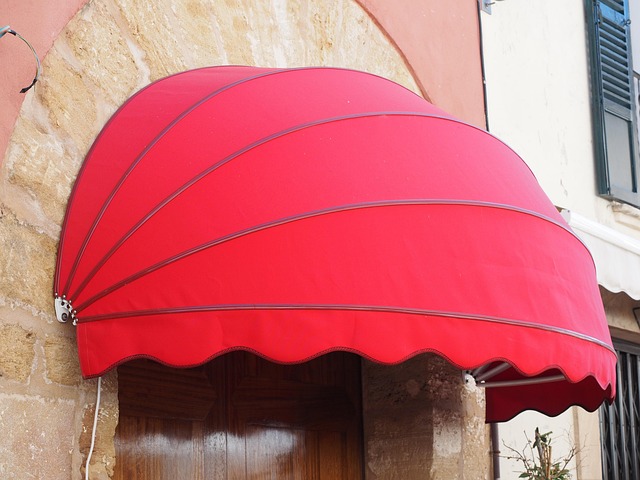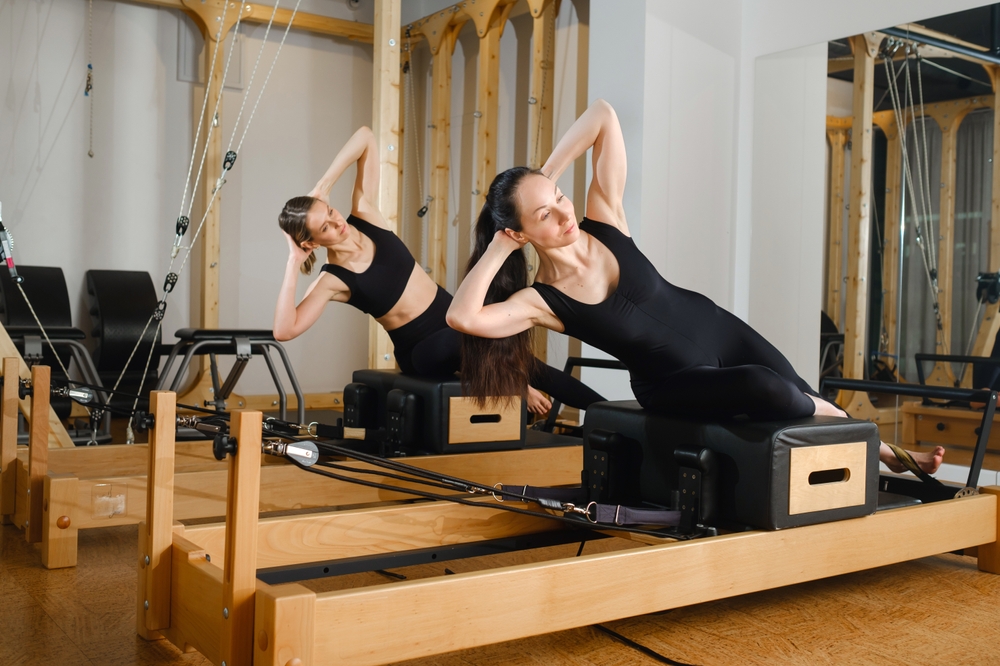Canopy tent guide: uses, materials, and setup
A canopy tent provides a portable overhead cover useful for events, work sites, and leisure activities. This guide explains common canopy tent types, key materials, structural considerations, and basic setup and care. Whether you’re buying, renting, or comparing models for seasonal use, understanding frames, fabric choices, and safe installation helps you match performance to purpose.

What is a canopy tent?
A canopy tent is an outdoor shelter that creates temporary covered space using a fabric roof supported by a frame. These structures range from small pop-up canopies used at markets and backyard gatherings to larger modular tents for trade shows and emergency response. Unlike permanent buildings, canopy tents are designed for quick erection and breakdown, portability, and variable weather protection depending on fabric and anchoring. Knowing intended use—shade, light rain protection, or full weather resistance—guides selection of size, roof slope, and sidewall options.
Selecting an outdoor shelter for your needs
When choosing an outdoor shelter, consider capacity, wind and rain exposure, and how often you’ll move or store the unit. For frequent setup and transport, look for lightweight frames with easy locking mechanisms. For semi-permanent or more exposed sites, prioritize sturdier frames and fabrics rated for higher water resistance and UV protection. Also assess accessory needs—sidewalls, weight bags, or wheel kits—and local services for assembly or rental in your area if you need occasional installation help. Match the shelter dimensions to the footprint and clearance of the site to avoid surprises on event day.
Frame options and durability
Frame design is central to a canopy tent’s stability. Common options include steel, aluminum, and hybrid frames. Steel frames are heavier and often more economical; they offer strength but can be prone to rust if coatings fail. Aluminum frames weigh less and resist corrosion, making them easier to handle for frequent transport. Look at joint design and locking mechanisms—square tubing and reinforced corners add rigidity. For wind-prone locations, check the manufacturer’s wind rating and plan for proper anchoring: stakes for soil, weight plates for hard surfaces, and guy lines to distribute loads. Regular inspection for bent tubes or worn connectors extends service life.
Polyester, vinyl, and fabric choices
Fabric choice affects water resistance, UV protection, and longevity. Polyester is a common canopy tent fabric: it is lightweight, resists stretching, and performs well when treated for water repellency and UV stability. Vinyl, often PVC-coated polyester, provides higher waterproofing and a smoother surface that sheds water and dirt more readily; it’s heavier and can be less breathable. Other finishes and coatings can add mold resistance or fire retardancy—check specifications if flame-retardant certification is required for events. Consider breathability and condensation in humid environments: a fully waterproof vinyl roof may trap moisture beneath if ventilation is limited, so sidewall options and ventilation features matter for comfort.
Setup, maintenance, and safe use of a canopy tent
Safe setup starts with reading the manufacturer’s instructions and assembling on level ground when possible. Use the recommended anchors for the surface: stakes for soil, sandbags or weight plates for paved areas, and extra guy lines in windy conditions. When folding or transporting, avoid dragging fabric on abrasive surfaces and allow fabrics to dry before storage to prevent mildew. For cleaning, mild soap and water are usually sufficient—avoid harsh solvents that can damage coatings. Inspect seals, stitching, and frame connectors before each use; replace worn straps or buckles promptly. In severe weather—high winds, heavy snow, or lightning—collapse and store the tent to prevent structural damage or safety hazards.
Practical considerations for buying or renting
Decide whether you need a canopy tent for occasional use or frequent deployment. Rental can be more economical for one-off events and may include setup services from local services providers. Purchasing suits repeated use and gives control over maintenance and customization. Consider warranties, spare-parts availability, and whether the manufacturer supplies replacement fabric or connectors. If you plan to use the canopy in commercial settings, review any fire-resistance or local code requirements and verify that the product meets those standards.
A canopy tent can be a flexible, effective outdoor shelter when matched to the intended use and maintained correctly. Choosing the right frame and fabric—balancing weight, durability, and weather protection—along with proper anchoring and routine care will maximize performance and longevity. As with any temporary structure, prioritize safety in setup and be conservative about leaving canopies in poor weather conditions.






